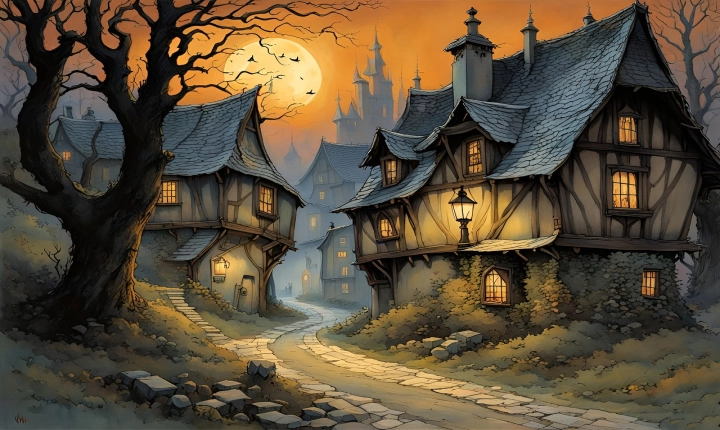Title: The Fascinating World of AI-Generated Images: How They are Created
In recent years, artificial intelligence has made remarkable strides in the field of image generation. AI-powered techniques are now capable of producing realistic and visually stunning images, blurring the line between what is real and what is computer-generated. From artwork to photography, AI-generated images have gained attention and interest from researchers, artists, and the general public. But how are these images actually created?
One of the most prominent methods for generating AI images is through the use of generative adversarial networks (GANs). GANs consist of two neural networks, the generator and the discriminator, which work in tandem to produce high-quality images. The generator is responsible for creating synthetic images from random noise, while the discriminator’s role is to distinguish between real and fake images. Through a process of constant iteration and refinement, the generator learns to produce images that are increasingly indistinguishable from real ones, while the discriminator becomes more adept at identifying the authenticity of these images.
Another popular approach in AI image generation is through the use of variational autoencoders (VAEs). VAEs are a type of neural network architecture that can be trained to learn and generate new images from existing datasets. VAEs work by encoding an input image into a low-dimensional latent space, where it is then decoded back into a reconstructed image. This process allows the network to generate new images by sampling from the learned distribution in the latent space, thus producing diverse and novel visual outputs.
Furthermore, the use of deep learning models, such as convolutional neural networks (CNNs), has significantly contributed to the advancement of AI-generated images. CNNs are capable of learning intricate features and patterns within images, enabling them to generate realistic and detailed visual content. By training these models on large datasets of images, they can learn to create new and compelling visuals that possess a high level of fidelity and realism.
Beyond these methods, AI image generation also involves the use of style transfer techniques, where the style of one image is applied to another, resulting in visually striking hybrid images. Additionally, the utilization of reinforcement learning algorithms has enabled AI systems to produce imaginative and creative designs, further expanding the possibilities of AI-generated imagery.
While the advancements in AI image generation are undoubtedly impressive, ethical considerations must also be taken into account. The potential for AI-generated images to be misused for creating fake news, misinformation, or malicious content is a genuine concern. As such, it is crucial for researchers and developers in this field to prioritize responsible and ethical use of AI-generated images, while also implementing safeguards to mitigate the potential negative impact of this technology.
In conclusion, the development of AI-generated images has opened up new avenues for artistic expression, visual storytelling, and creative innovation. The combination of GANs, VAEs, CNNs, and other advanced techniques has led to the creation of visually stunning and thought-provoking imagery. As this field continues to evolve, it is exciting to envision the future possibilities and applications of AI-generated images, while also acknowledging the importance of ethical and responsible use. AI image generation represents a captivating intersection of technology and creativity, offering a glimpse into the boundless potential of artificial intelligence.
